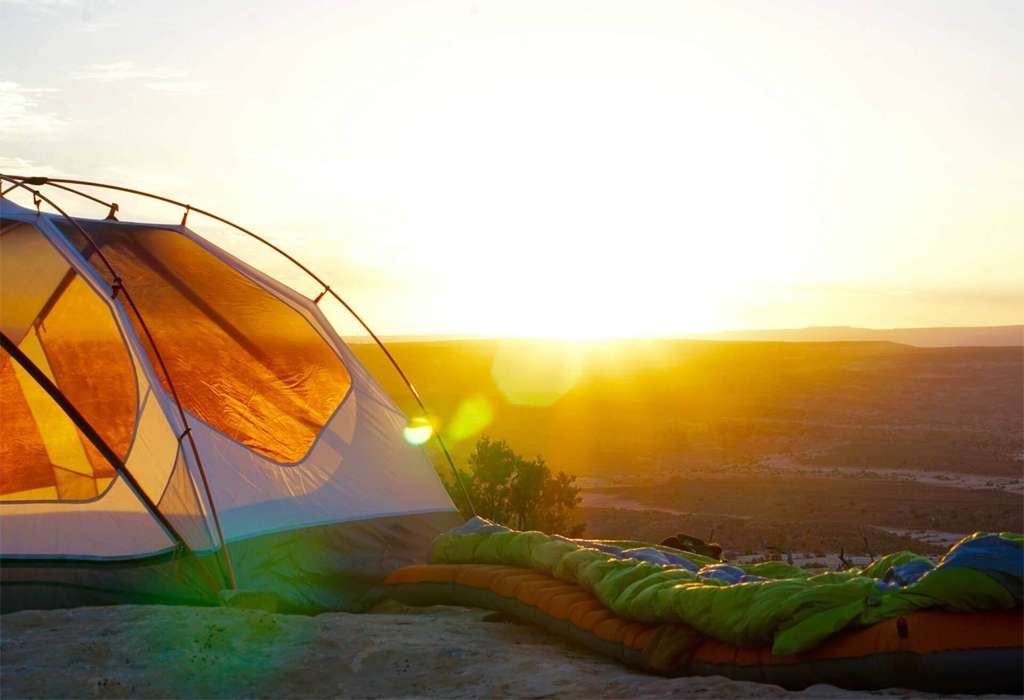Camping Gear 101: Everything You Need to Know
Are you pumped up for an amazing outdoor adventure? I sure am! Spending time outdoors is an incredible way to dive into nature, bond with the wilderness, and make lasting memories. Whether it’s your first outing or you’ve done this before, it’s key to have the proper camping gear for a fun and easy-going experience. In this guide, I will walk you through everything about camping gear. We’ll cover the must-haves and tips to keep your camping gear in top shape for a long time. Understanding Camping Gears: A Brief Overview What are the camping gear? Camping gear is what you take to make camping fun and safe. They include a tent to sleep in, a sleeping bag to keep you warm, and a portable stove for cooking meals. Remember a backpack to carry everything. A flashlight or lantern is important for seeing at night. Bring a first aid kit for safety and a map or GPS so you can stay aware of your location. For extra comfort, pack a chair and table. These gears help you enjoy your time outdoors and ensure you’re prepared for your trip. Factors to Consider When Selecting Your Camping Gear When choosing your camping gear, it’s essential to consider the weather and terrain of the campsite. Your personal preferences and planned activities will also heavily influence your gear selection. Look for gear that offers durability, portability, and comfort to ensure a pleasant experience. Additionally, consider the weight, size, and functionality of each item to optimize your packing. Above all, prioritize your personal comfort, safety, and convenience when selecting your camping gear. Types of Camping Gears You Must Have Having the right equipment can make all the difference, especially for first-timers. One essential type of camping gear is the Dutch oven, which is perfect for cooking delicious meals over a campfire. For those who prefer car camping and enjoy a bit of luxury, an air mattress and a comfortable chair are must-haves for added comfort. To create a cozy atmosphere at the campsite, a lantern is essential, while a waterproof cooler keeps your food fresh. These camping gear ensure a fun and enjoyable outdoor experience. Shelter Essentials: Tents and Sleeping Bags Ensuring a good night’s sleep outdoors is crucial for a memorable camping or solo camping experience. The right shelter essentials, including tents and sleeping bags, play a vital role in this. Selecting a suitable tent and comfortable sleeping bag tailored to your needs is key. Cooking Tools: Portable Stoves and Utensils When it comes to outdoor cooking, having the right portable stoves and utensils is key for a successful trip. From portable camping stoves to lightweight cookware, the options are endless. Whether you’re a first-time camper or a seasoned outdoor enthusiast, having reliable cooking tools can make all the difference. So, whether you’re planning a weekend of car camping or a recreational camping adventure, remember to pack your trusty Dutch oven, portable cookware, and utensils for the best culinary experience. Navigational Aids: Maps, Compasses, and GPS Devices When out in the outdoors, navigating through the wilderness becomes an exciting challenge. Luckily, campers can confidently explore new territories with the right tools like maps, compasses, and GPS devices. These navigational aids provide a sense of security and enhance the overall experience by helping campers discover unique campsites in national parks or private campgrounds. Clothing and Personal Items for Camping Bringing along fun and stylish outdoor clothing and personal items boost your comfort during your adventure. Choose clothes that are weatherproof, keeping you dry if it rains and warm during cool nights.” Safety Measures: First Aid and Emergency Equipment Having a good first aid kit and emergency tools is really important. Ensure your kit has bandages, antiseptic wipes, and pain relievers – they’re key for outdoor trips. Also, don’t forget to pack handy tools like flashlights and multitools. Bringing a portable stove can also be a lifesaver in unexpected situations. Being ready with these items can really help if something comes up. Essential Components of a Camping First Aid Kit It’s crucial to pack a well-equipped first aid kit. Include basics like bandages and gauze for any injuries. Don’t forget antiseptic wipes to prevent infections – a must-have for any camper. Sunscreen and insect repellent are key for staying comfortable and safe outdoors. If you’re heading out in cold weather, make sure to pack warm clothing and gear. And always double-check your camping gear list before you head out. Emergency Tools: Flashlights and Multitools Remember to pack a flashlight and a multitool. They’re super important for outdoor trips. A flashlight will light up dark paths and your campsite at night. A multitool is great for lots of different jobs, like fixing your camping gear or handling surprises. These tools are not just helpful; they’re small and easy to carry, making them perfect for any trip. They help you feel safe and ready for anything, giving you peace of mind while you enjoy the outdoors. Campsite Considerations: Making the Most of Your Equipment When you’re picking a spot to set up your camp, it’s important to think about the location and what’s around. Look for a place with cool things to do, like hiking or fishing, so you have lots of fun options. Choose a campsite that has handy amenities, like clean bathrooms or a fire pit. Remember to bring the right camping gear to match the activities you plan to do. This way, you’ll have a great time and enjoy your trip to the fullest. Maintenance and Care for Camping Gears Taking good care of your camping gear is really important. Make sure to clean and store all your stuff properly after each trip. Regularly checking and maintaining your gear can make it last longer and work better. This way, every time you plan a trip, your gear will be ready to go without any problems. Simple things like wiping down your tent, airing out your sleeping bag, and checking your stove and lanterns can
Camping Gear 101: Everything You Need to Know Read More »


